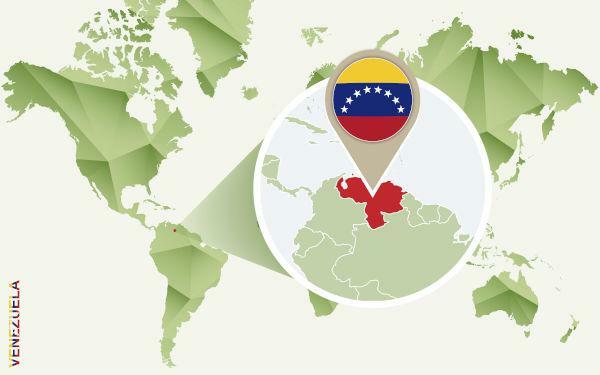You've probably heard it said that Brazil is a continental country or with continental dimensions, haven't you? This expression is used to say that the national territory is very large, so it is comparable to the area of a continent.
But why do people use the term “continental country”? What does that mean?
Believe it or not, this is all Australia's fault! It turns out that the Australian territory, which has 7,741,220 km², occupies almost all of Oceania, which is the smallest of the continents. Because of this, it was defined that any land mass equal to or greater than the territory of Australia would be considered a continent, and anything that was smaller would be considered an island, a peninsula, or a mere region.
The big problem with this definition is that there are five countries larger than the Australian territory, including Brazil, which has an area of approximately 8,515,767 km². Thus, any and all countries that had an area larger than Australia would be characterized as a continental country.
In addition to Brazil and Australia, the other four existing continental countries are:
- Russia, with 17,098,240 km².
- Canada, with 9,984,670 km²
- United States, with 9,831,510 km²
- China, with 9,600,000 km²
The territory of Brazil (and also of those countries listed above) is so large that it represents the area of dozens of countries combined. To give you an idea, Europe has 46 countries, with an area just over 10 million km². If we take the area of European Russia out of this account (because part of Russia is in Europe and another part is in Asia), the other 45 countries on this continent have an area much smaller than Brazil's, with 6,220,000 km²!
Therefore, we can note that the Brazilian territory, due to its size, has a wide environmental and climatic diversity, in addition to offering a large amount of arable land, a factor that is facilitated by the presence of few desert areas in the parents.
By Rodolfo Alves Pena
Graduated in Geography


